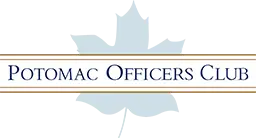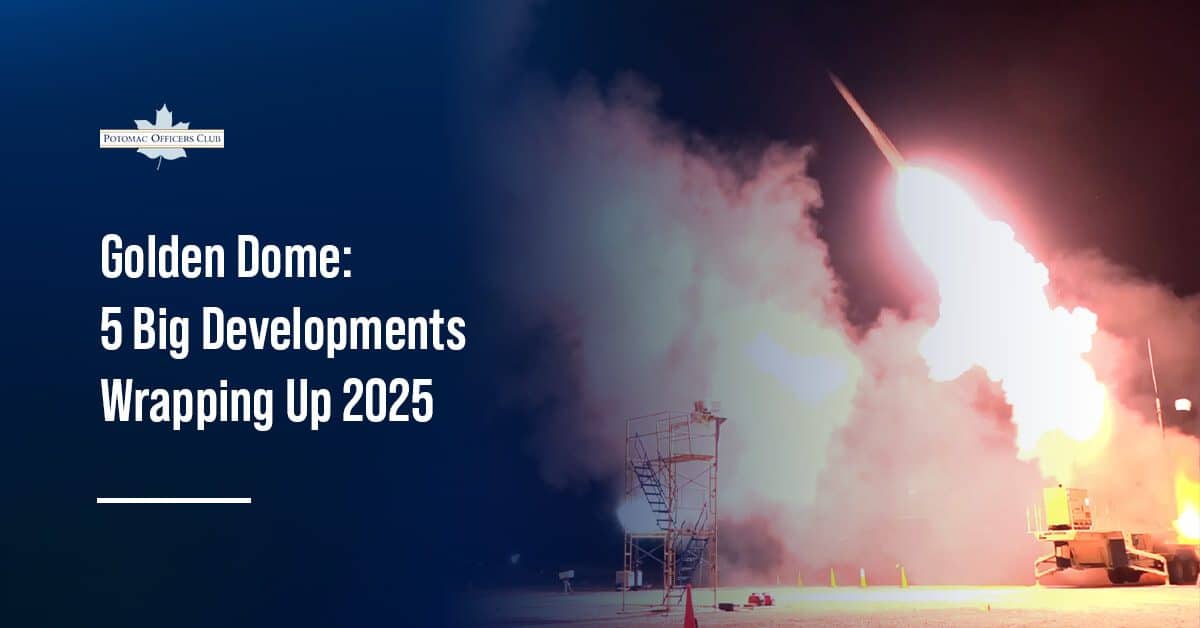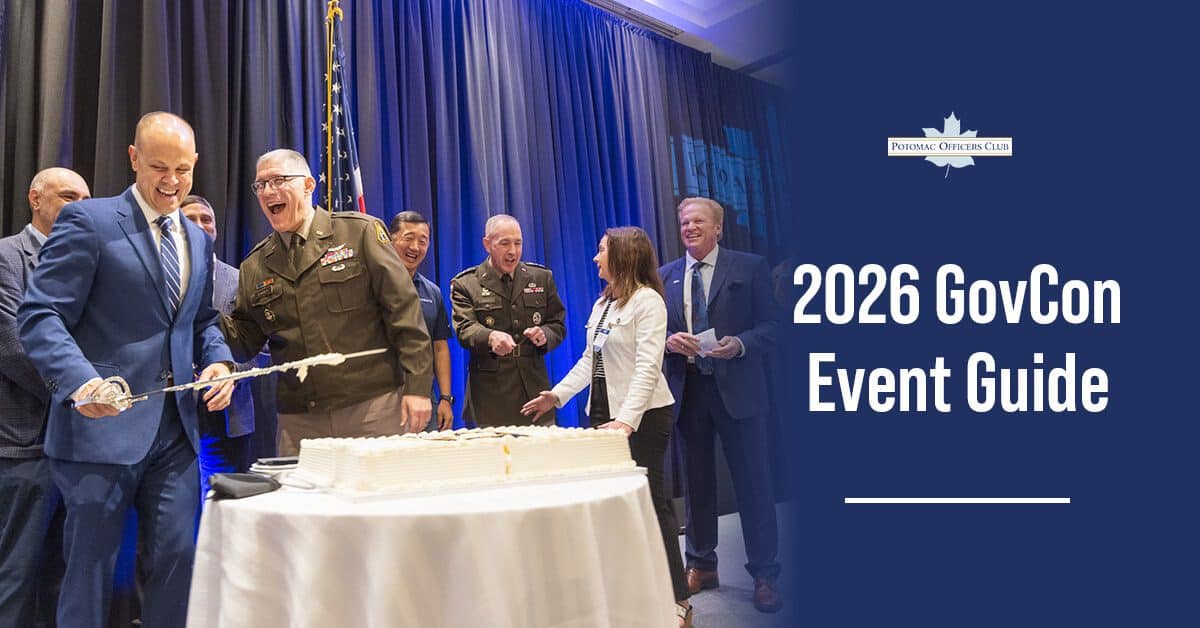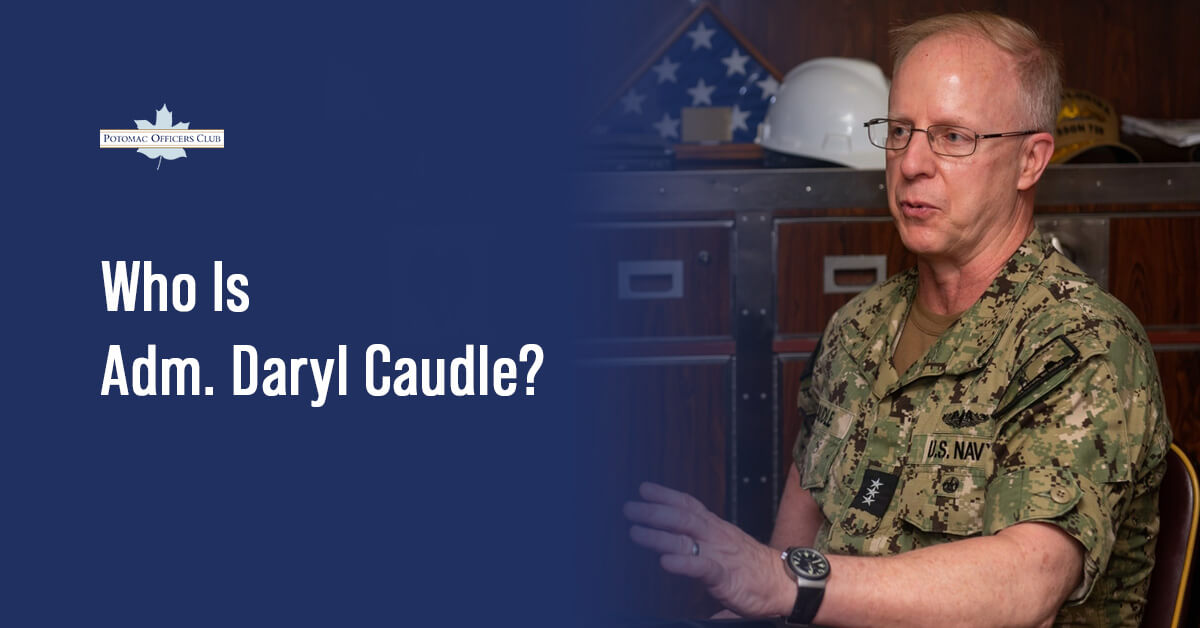
Photo: DVIDS
All About the New Chief of Naval Operations
Last week, President Trump’s nominee for the top officer role in the U.S. Navy — chief of naval operations — was confirmed by the U.S. Senate. Adm. Daryl Caudle is a lifelong Navy servant who was seen as a widely acceptable and worthy choice for the position.
Succeeding Adm. Lisa Franchietti (and interim acting CNO Adm. James Kilby), Caudle is charting a course for the Navy with a focus on “modular, scalable and built for rapid upgrade cycle” weapons systems, as well as cutting-edge tech like unmanned systems, artificial intelligence, and advanced command, control and communications configurations.
We explored the new CNO’s career and what he aims to accomplish going forward.
Potomac Officers Club’s 2025 Navy Summit is the best place to learn how your government contracting business can partner with the sea service branch. Top leaders from across the Navy — including Adm. Caudle’s deputy chiefs of naval operations VADM Brad Skillman and VADM Karl Thomas — will directly address industry on Aug. 26 to reveal new opportunities and spark dialogue about pressing tech topics. Don’t miss out — register for this pivotal GovCon conference today!
What Does CNO Mean in the Navy?
The chief of naval operations is the highest ranking military position in the Navy. There are higher ranking civilian positions within the service branch, such as secretary (currently the Honorable John Phelan) and under secretary (currently Brett Seidle in an acting capacity with Hung Cao awaiting approval as a nominee). But CNO is the senior-most military leader in the Navy and has a great deal of decision-making responsibility and oversight, reporting to the secretary on matters of command, resource usage and operations.
Who Is the Navy CNO?
Adm. Daryl Caudle was confirmed by the Senate as chief of naval operations on Thursday, July 31 in a late-night vote. President Trump officially nominated him for the position in June.
Daryl Caudle’s Career History
Most recently, Adm. Caudle was for more than three years commander of the U.S. Fleet Forces Command, which is in charge of combat preparation and organizing sailors for deployment. He previously held the following positions:
- Deputy chief for security cooperation, Office of the Defense Representative Pakistan
- Deputy commander, Joint Functional Component Command–Global Strike
- Deputy commander, U.S. 6th Fleet
- Director of operations, U.S. Naval Forces Europe-Africa
- Commander, Submarine Group 8 and U.S. Pacific Fleet
- Vice director for strategy, plans and policy, Joint Staff
- Sea Tours:
- Served aboard:
- USS George Washington Carver (SSBN-656G)
- USS Stonewall Jackson (SSN-634B)
- USS Sand Lance (SSN-660)
- USS Montpelier (SSN-765)
- USS Jefferson City (SSN-759), as commanding officer
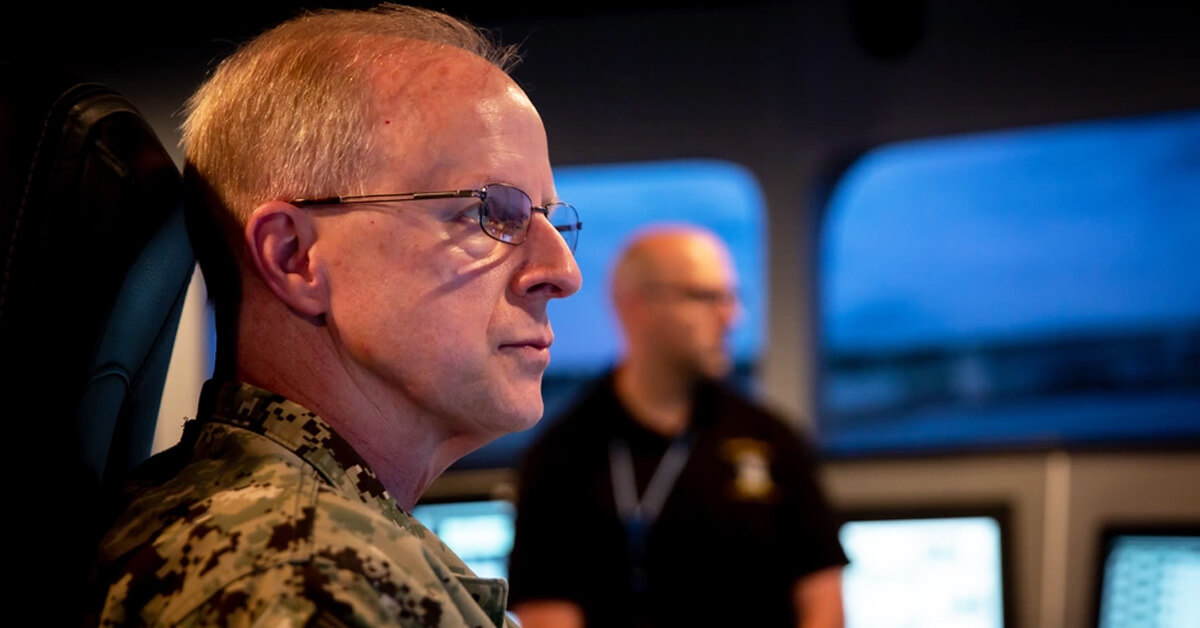
What Will Caudle Do as CNO?
Adm. Caudle is stepping into the chief of naval operations role with a mandate for transformation — not just to modernize the fleet, but to adapt the entire Navy ecosystem for a new era of great power competition.
His leadership will focus on three key themes: future-proofing the fleet with scalable technology, prioritizing people and streamlining command structures for greater agility.
A Future-Ready Force: Modularity and Speed
Caudle has signaled a clear intent to move the Navy toward modular, scalable platforms that can evolve as threats change. According to DefenseScoop, he told lawmakers during his confirmation hearing that the Navy must invest in weapons systems and sensors “built for rapid upgrade cycles.”
This tech modernization push includes:
- Artificial intelligence
- Unmanned and autonomous systems
- Resilient, data-rich C3 architectures
Caudle’s vision builds on the Navy’s existing Navigation Plan and Project 33 — a strategic effort launched under Adm. Franchetti to fast-track unmanned platforms and AI into the fleet, with a particular eye on deterring China in the Indo-Pacific.
AI, unmanned systems and C3 systems will be central topics at Potomac Officers Club’s 2025 Navy Summit. There will be a panel discussion directly related to each one, led by an informed member of industry, with multiple active Navy representatives making contributions. Be sure to get your ticket now—limited spots are available at this highly anticipated GovCon networking event.
People First: Training, Readiness and Quality of Life
Caudle is also committed to improving quality of life across the Navy’s ranks, the U.S. Naval Institute reported.
He wants to borrow best practices from corporate America to boost quality of service for sailors and civilian personnel. Key initiatives include:
- Eliminating permanent shipboard residency for sailors
- Ensuring unaccompanied housing meets both DOD and basic common-sense standards
- Expanding access to child care and medical services
- Reducing pay delays and administrative backlog
He also plans to build on training and leadership development programs he initiated while leading U.S. Fleet Forces Command — investing in human capital to maintain what he calls “unmatched operational competence and innovation.”
C2 and Acquisition Reform
One of Caudle’s first targets for reform is the Navy’s command and control architecture. As outlined in his testimony to the Senate under oath, he believes decision-making has drifted too far from those assuming operational risk. His goal is to:
- Realign authority with accountability
- Eliminate overlapping C2 structures
- Clarify chains of command to improve agility
On the acquisition side, he wants to streamline Navy procurement processes and work with Congress to hold industry partners accountable while improving the defense industrial base’s capacity to deliver.
Caudle supports policies that incentivize competition, build workforce capacity and help U.S. shipbuilders execute on time and on budget.
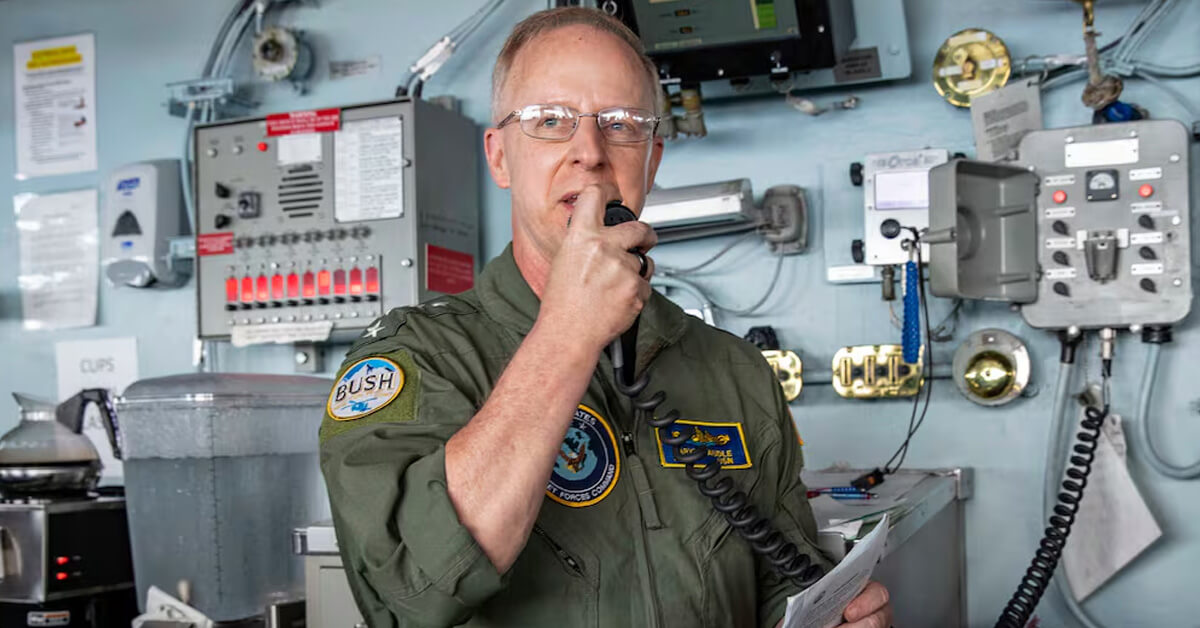
Unmanned Systems: A Scalable Backstop
If shipbuilding hits funding obstacles or cost overruns, Caudle believes robotic and autonomous systems, dubbed RAS, can serve as a scalable backstop.
In written testimony to lawmakers, cited by DefenseScoop, he called RAS “a force multiplier already being employed across a wide range of missions” and suggested unmanned platforms could be rapidly expanded to fill capability gaps — with a strong emphasis on affordability, interoperability and training.
He also sees value in using AI-enabled systems to analyze operational feedback and help the Navy “outpace adversaries by leveraging faster learning curves.”
Big-Picture Challenges: China, Readiness and Industrial Base
Caudle takes a clear-eyed view of the threats ahead. China is undertaking “the largest, fastest, most comprehensive military buildup since World War II,” he told the Senate. He also flagged regional flashpoints in Europe, the Middle East and the Indo-Pacific that threaten to pull the U.S. into simultaneous or cascading crises.
To prepare, he’s prioritizing:
- Modernization of strategic and nuclear platforms
- Full implementation of the Global Maritime Response Plan and surge-readiness initiatives
- Infrastructure recapitalization with a focus on Indo-Pacific facilities and sailor well-being
- Organizational reforms to clarify decision-making and improve acquisitions
These, he argues, are long-term challenges that will require sustained focus — but his goal remains simple: to ensure today’s Navy is ready for combat while building a force that can win far into the future.
Caudle’s Nuclear Submarine Modernization Perspective
A lifelong submariner, Adm. Caudle is bringing sharp urgency to the Navy’s undersea priorities. During his confirmation hearing, he told the Senate that incremental improvements won’t cut it — the Navy must double its submarine-building capacity to meet current and future mission demands, including those tied to the AUKUS agreement.
“We need a transformational improvement…not a 10 percent improvement, not a 20 percent — a 100 percent improvement,” Caudle said, per Defense One.
To get there, Caudle is pushing for:
- Creative solutions from shipbuilders to reduce workforce attrition
- Expanded outsourcing and process innovation at major yards
- A shift toward sustainable, predictable production pacing — about 2.3 Virginia-class submarines per year
He also addressed the long-troubled USS Boise, calling its near-decade-long wait for repairs “unacceptable.” Caudle committed to working with Navy leadership to reexamine and potentially overhaul in-service repair strategies, especially as private yards struggle to regain maintenance readiness.
His comments reflect broader concern over the industrial base’s fragility — and the need to restore lost capacity before it undercuts long-term fleet viability.
For more pressing updates on U.S. Navy modernization, attend POC’s 2025 Navy Summit on Aug. 26 at the Hilton McLean in Virginia. Browse the full lineup of first-rate Navy leaders.
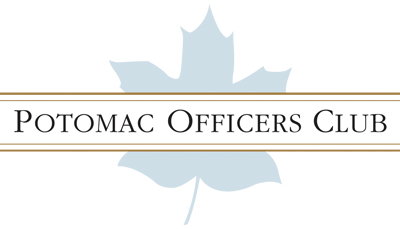
Category: Articles
